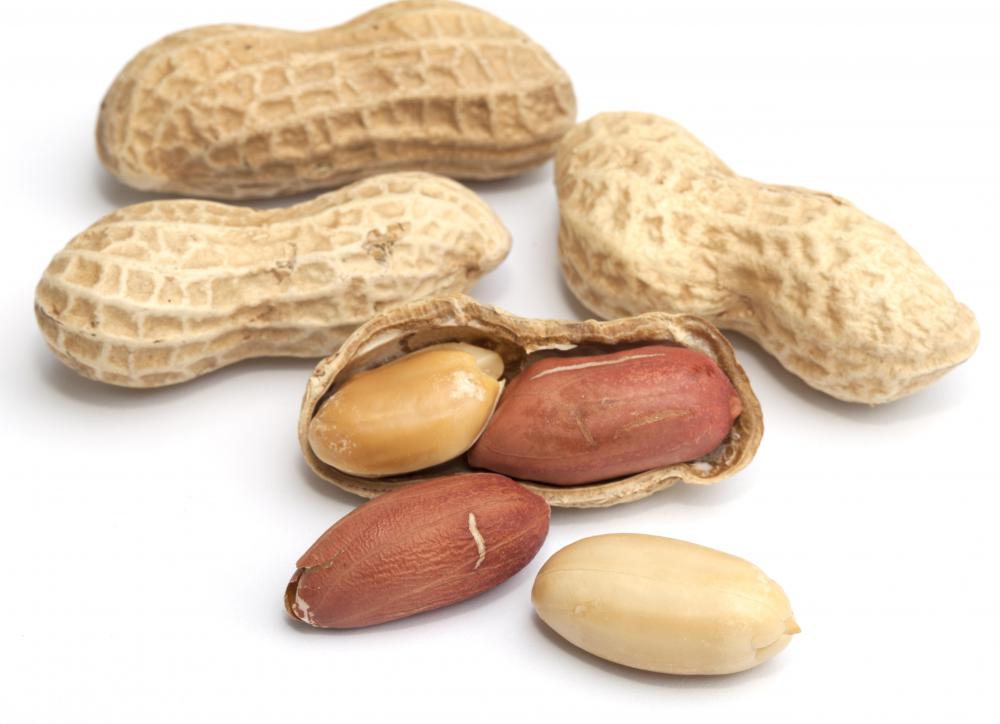At WiseGEEK, we're committed to delivering accurate, trustworthy information. Our expert-authored content is rigorously fact-checked and sourced from credible authorities. Discover how we uphold the highest standards in providing you with reliable knowledge.
What is a Biliary Stricture?
Biliary stricture is a term used to describe a constriction of the bile duct, a tube which carries bile from the liver and the gallbladder to the intestines. A number of factors can cause the bile duct to become constricted, including gallstones, scar tissue, pancreatitis, tumors, and a condition known as primary sclerosing cholangitis. As a biliary stricture can limit the body’s ability to break down food properly, it may cause digestive discomfort, and may also lead to the buildup of waste in the body. There are several biliary stricture treatment options, most which involve addressing the underlying cause of the bile tube constriction.
Bile is a fluid which helps the body break down fats during the digestive process. It is produced by the liver, and excess quantities of bile are stored in the gallbladder. The bile duct is a tube which connects the liver and the gallbladder to a portion of the small intestine known as the duodenum. Normally, this duct carries bile to the duodenum as part of the digestive process.

In the event of a biliary stricture, however, the width of the bile tube becomes constricted. Many factors can cause this constriction. For instance, pancreatitis, or the swelling of the pancreas, a gallstone, or a tumor on a nearby organ can push on the bile tube, causing it to become narrowed. Scar tissue resulting from a surgery or from previous gallstones can also obstruct the tube. An autoimmune condition known as primary sclerosing cholangitis can cause ongoing inflammation of the bile duct.

As a biliary stricture can limit the body’s ability to break down the fats found in foods, many of its common symptoms are based in the digestive system. It may cause abdominal discomfort and nausea, for instance. The condition can also lead to the buildup of waste in the body, which in turn can lead to symptoms such as yellowing of the eyes and skin and itchiness.

In some cases, a biliary stricture may be treated with the surgical implantation of a stent, or a small apparatus which holds the walls of the bile tube open. Often, however, treatment for this condition involves addressing its underlying cause. For instance, if the condition is caused by gallstones, a physician may recommend removal of the gallbladder. If a benign tumor is to blame for the constriction, surgery may be advisable, while a malignant tumor may necessitate chemotherapy or radiation treatment.
AS FEATURED ON:
AS FEATURED ON:

















Discuss this Article
Post your comments